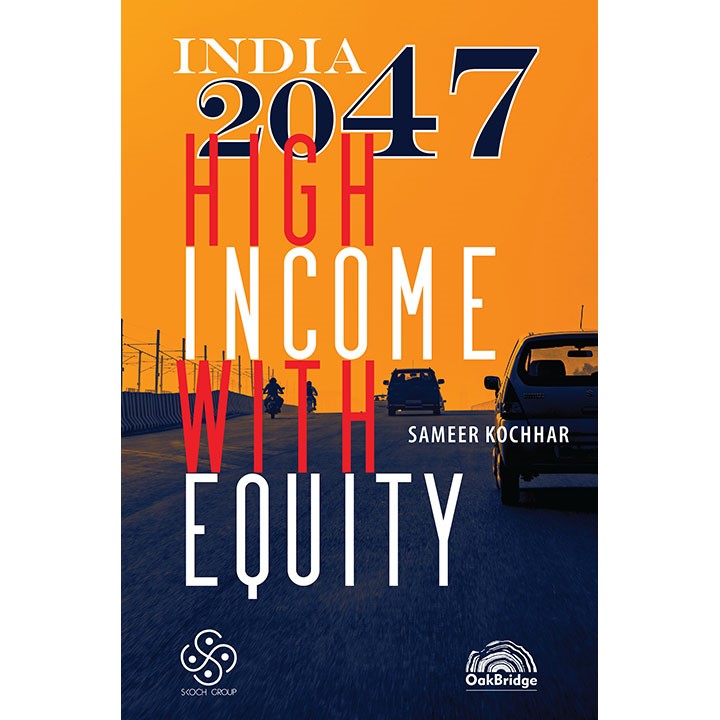About the Book -
Pre-COVID, India had set a target to become a $10 trillion economy by 2030 the action plan for which was outlined in my earlier volume, “India 2030”, released in December 2018.
This emphasised the need for quality growth that is job-generative, spatially dispersed, and equitable. “India 2047” deals with macroeconomic essentials and emphasises the need for structural transformation, organising the labour markets, increasing competitiveness, enhancing financial and social inclusion with equitable growth, the role of federalism in inclusive growth, imperatives for job-generation, and the importance of infrastructure development and financing. Despite the COVID-19 pandemic, India has remained afloat, and Prime Minister Narendra Modi has put India in top-gear, setting an ambitious target for the country to become a developed nation by 2047. The next 25 years are going to be critical, and he calls it Amrit Kal, during which India will be focusing on reducing import dependence, reducing compliance costs for small businesses, harnessing digital infrastructure and modern technologies, promoting domestic manufacturing, and taking global leadership - the G20 being one example.
This volume aims to review progress and make recommendations to bridge gaps in line with the new target date and objectives. It also discusses the macroeconomic essentials required to make India a high-income country with equity.




